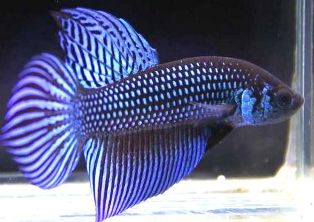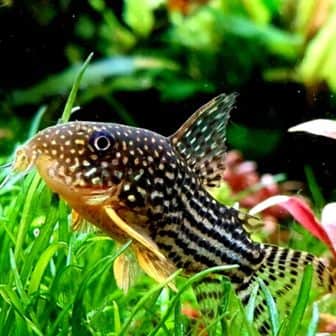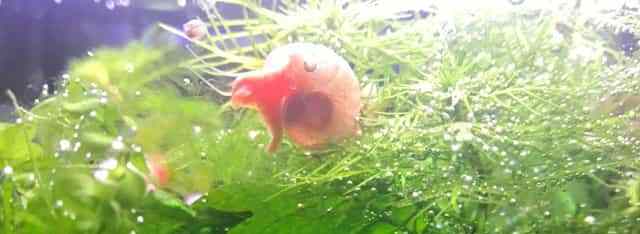Photosynthesis and the importance of CO2
All you need to know is that photosynthesis is the process in which plants produce sugars and oxygen. The plants produce oxygen that is expelled and used to fuel life on Earth. During its growth, plants use sugars as fuel.
It’s essential that your aquarium plants go through the photosynthesis process. For this, you need to provide your aquarium plants with three elements—light, nutrients, and carbon (in our case, as CO2).
All aquariums have certain levels of carbon dioxide already. Fish release it through respiration. Decomposition of waste within the tank can also provide some. However, these levels are minimal.
You’ll need to add carbon dioxide to your planted aquarium, or the photosynthesis process won’t be complete, usually resulting in stunted growth or eventual death of your plants.
(Don’t want to use CO2? Check out this article.)
pH and CO2
Adding CO2 to your aquarium will make the water more acidic. This means the pH of the water will be lower.
Before adding carbon dioxide to your tank, it’s crucial you consider a few elements within the ecosystem. For example, the pH of the water.
Checking your tank’s pH is imperative to keeping a healthy environment. Certain fish and plants only thrive at a particular pH level. CO2 dissolves in water and creates carbonic acid, which decreases your tank’s pH and, potentially, affecting the entire ecosystem.
Invest in a pH controller, measure your aquarium’s pH before and after adding CO2, and keep in mind the acidity carbon dioxide causes.
How much dissolved CO2 should be in your aquarium? On average, 20 to 30 ppm (parts per million) does not cause damage to the fish and is about right for the plants.
5 easy, small plants for a planted freshwater aquarium. Tap here to read.)
How to add CO2 to your planted aquarium?
Alright—you have studied your aquarium, understand its pH, and know how much carbon dioxide you should add. The question is, how to do it?
There are plenty of options to add CO2 to aquariums, but only two of them are effective on planted aquariums. Each has their own benefits and disadvantages, so make sure to pick the one that is most suitable for your needs.
DIY CO2 Generators
There are multiple tutorials online that explain how to make a carbon dioxide generator at home. Most of these involve a combination of yeast and sugar, or baking soda and citric acid.
While these are budget-friendly and effective, they are unpredictable. You cannot control the levels of CO2 released.
Pressurized CO2
Let’s be real—this is an expensive solution. However, it is by far the best one, as it allows you to control the CO2 input to the smallest degree.
The system is composed of a metal cylinder containing high-pressure liquid CO2, a pressure regulator, a bubble counter that allows you to keep track of the released CO2 bubbles, a diffuse(a diffuser makes the CO2 coming from the tank into tiny bubbles), diffusion reactor, and a solenoid valve.
The pressurized system allows you to keep the CO2 supply steady, turn it off at night when it isn’t needed and ensures a healthy pH within your aquarium.
I recommend using CO2. There are some plants that will thrive without it (Java Fern and Sag.) but if you want a beautiful planted aquarium CO2 is the way to go.
If you click on this ad and decide to make a purchase I will make $44.50.
Want to make money from your aquarium hobby too?

You can use the website creation software I use and design and build a website like this one.
Of course there are no guarantees and it can take quite a while to do, but it won't happen if you don't start.

I've used divi for at least 4 years now and strongly recommend it. Tap to visit the Divi website.
This is an affiliate ad for the software (Divi) I used to create this website.
